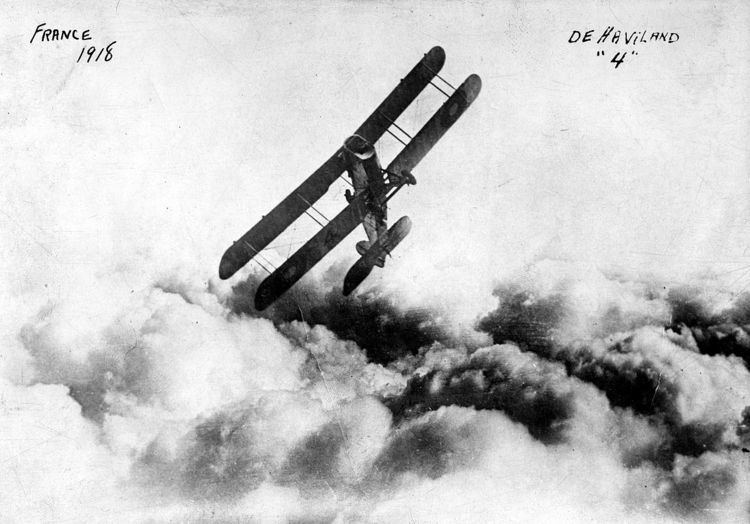 | ||
The theory of sonics is a branch of continuum mechanics which describes the transmission of mechanical energy through vibrations. The birth of the theory of sonics can be considered the publication of the book A treatise on transmission of power by vibrations in 1918 by the Romanian scientist Gogu Constantinescu.
Contents
- Book chapters
- Theory of sonics applications
- Elementary physical principles
- Alternating fluid currents
- Alternating pressures
- Friction
- Capacity and condensers
- References
ONE of the fundamental problems of mechanical engineering is that of transmitting energy found in nature, after suitable transformation, to some point at which can be made available for performing useful work. The methods of transmitting power known and practised by engineers are broadly included in two classes: mechanical including hydraulic, pneumatic and wire rope methods; and electrical methods....According to the new system, energy is transmitted from one point to another, which may be at a considerable distance, by means of impressed variations of pressure or tension producing longitudinal vibrations in solid, liquid or gaseous columns. The energy is transmitted by periodic changes of pressure and volume in the longitudinal direction and may be described as wave transmission of power, or mechanical wave transmission. – Gogu Constantinescu
Later on the theory was expanded in electro-sonic, hydro-sonic, sonostereo-sonic and thermo-sonic. The theory was the first chapter of compressible flow applications and has stated for the first time the mathematical theory of compressible fluid, and was considered a branch of continuum mechanics.The laws discovered by Constantinescu, used in sonicity are the same with the laws used in electricity.
Book chapters
The book A treatise on transmission of power by vibrations has the following chapters:
- Introductory
- Elementary physical principles
- Definitions
- Effects of capacity, inertia, friction, and leakage on alternating currents
- Waves in long pipes
- Alternating in long pipes allowing for Friction
- Theory of displacements – motors
- Theory of resonators
- High-frequency currents
- Charged lines
- Transformers
George Constantinescu defined his work as follow.
Theory of sonics: applications
Elementary physical principles
If v is the velocity of which waves travel along the pipe, and n the number of the revolutions of the crank a
The wavelength λ is =v/n
Assuming that the pipe is finite and closed at the point r situated at a distance which is multiple of λ, and considering that the piston is smaller than wavelength, at r the wave compression is stopped and reflected, the reflected wave traveling back along the pipe.
Alternating fluid currents
Considering any flow or pipes,if:
and
then we have:
Assuming that the fluid current is produced by a piston having a simple harmonic movement, in a piston cylinder having a section Ω. If we have:
Then:
Where:
If T= period of a complete alternation (one revolution of the crank) then:
The effective current can be defined by the equation:
The stoke volume δ will be given by the relation:
Alternating pressures
The alternating pressures are very similar with alternating currents in electricity. In a pipe were the currents are flowing, we will have:
Considering the above formulas:
If p1 is the pressure at an arbitrary point and p2 pressure in another arbitrary point:
The effective hydromotive force will be:
Friction
In alternating current flowing a pipe the friction appear at the surface of the pipe and also in liquid itself. Therefore the relation between the hydromotive and current can be written:
Using experiments R may be calculated from formula:
Where:
If we introduce
For pipes with greater diameter greater velocity can be achieve for same value of k. The loss of power due to friction is calculated with:
Capacity and condensers
Definition: Hydraulic condensers are appliances for making alterations in value of fluid currents, pressures or phases of alternating fluid currents. The apparatus usually consists of a mobile solid body, which is dividing the liquid column, and fixed elastically in a middle position, in such way that it follows the movements of the liquid column.
The principal function of hydraulic condensers is to counteract inertia effects due to moving masses.
